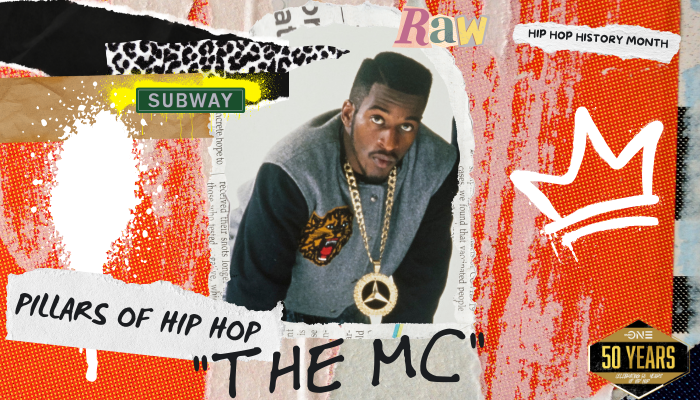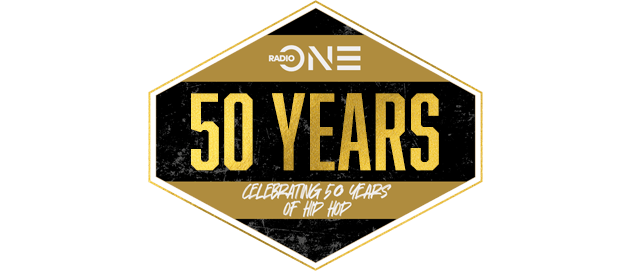
Source: General / Radio One
As we continue to celebrate Hip Hop’s 50th birthday, we’ll look at one of the most fundamental elements of the culture: Emceeing.
The Early Years Of The Emcee
No matter the time, the era, or the location, emcees have always played a vital role in Hip Hop music.
When Hip Hop was born at a party in Brooklyn in 1973, emcees – or MCs – were regarded simply as hype men. The DJs who spun the records were the stars of the show, while the emcees were there simply to keep the crowd engaged. Their role was to just announce the upcoming records and call out to people in the crowd, all in an effort to help facilitate the liveliness of the party.
In fact, in those days an emcee would likely need the permission of a DJ before they were able to say anything at all on the microphone. Rhyming words, which eventually led to what we know today emceeing, or ‘rap music’, came later down the line.
Evolution Of The MC
The first hit rap record was born in 1979. Rapper’s Delight by The Sugarhill Gang changed the course of music and Hip Hop as a whole forever. It was the first time a vocalist was the center of attention and primary detail of Hip Hop music. It was also the first rap record to secure a Top 40 spot on the Billboard 100.
Still, the emcee’s focus was much different in the early 80s than it is today. Back then lyrics centralized around inspiring a mood of creative freedom and supplying the listener with a positive vibe. Over the ensuing decades that focus has shifted. And in some cases, drastically.
By the mid-1980s subgenres of Hip Hop began to take form. Hardcore rap, accented by the inception of Gangsta Rap by groups like N.W.A. allowed the emcee to tell a grittier, darker, more realistic story. The old days of attempting to just make people feel good were eclipsed by the emcee’s desire to speak their truths and call out the injustices often seen by black and brown people in every corner of America.
In the late 1980s and early 1990s yet another shift occurred. Artists like Rakim, The Notorious B.I.G., and The Wu-Tang Clan ushered in another subgenre – Lyrical Rap. The idea of the emcee in this regard was to not only tell the stories that allowed fans of Hip Hop to feel heard, but also to do it in a way that brought wordplay, punchlines, and witty bars to the forefront.
The Modern Day MC
Today, the core genres of Hip Hop still remain, while newer ones have also come to life. This has allowed the modern-day emcee to decide which lane they’d like to be in. It also allows the emcee to maintain the creative freedom that truly lives at Hip Hop’s core.
With a flip up the thumb through any digital streaming platform, we can all hear and experience the depth and growth of today’s emcee. The subgenres have also developed, morphed, merged, and grown to a place where Hip Hop is truly one of the most unique music genres on earth.
At the end of the day, emceeing is truly an art. Those who do it well are among the most talented and sophisticated musicians around.
Whether you’re a fan of emcees who are brutally honest, the lyrical wizards, or somewhere in between, there’s definitely someone out there who will speak to exactly what you’re looking to hear.
















